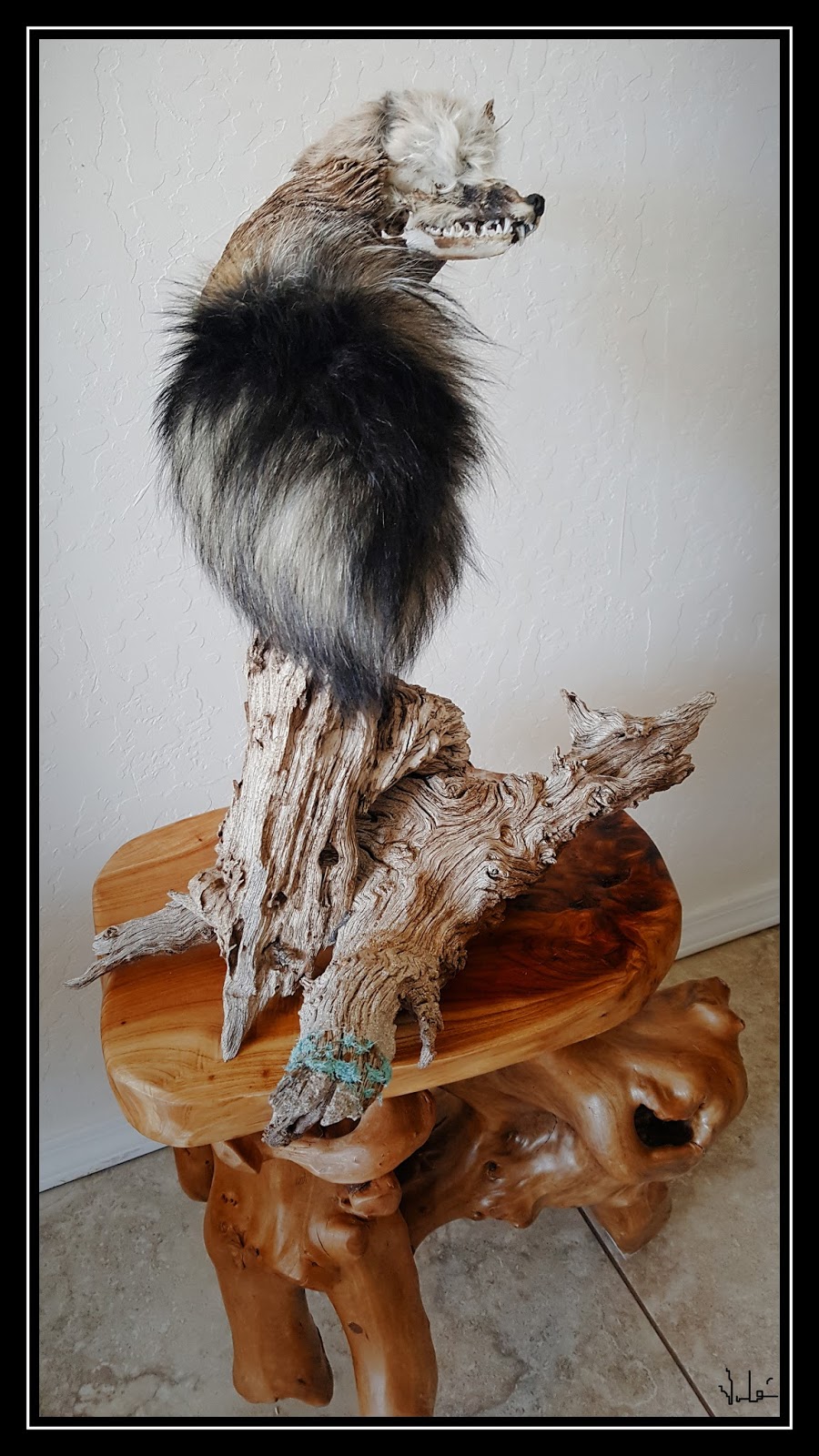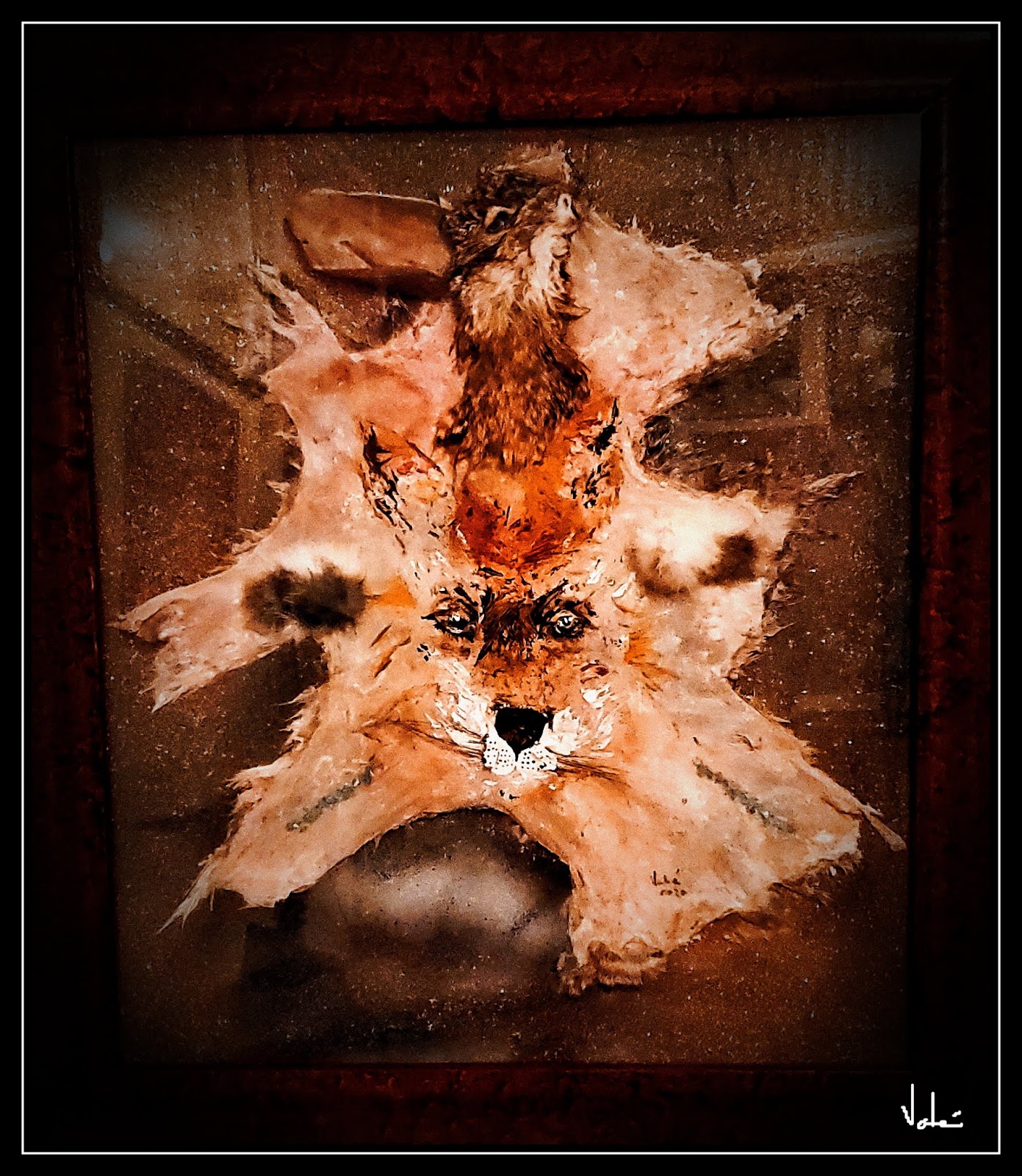Bolo Neckties of the Southwest: My Experiments for a New Look
In the American Southwest formal attire is inspired
by the traditions of Native American clothing and jewelry as well as a cowboy’s
clothing. Just that the materials used are more sophisticated, perhaps classy.
For example a formal men’s attire consists of well shined cowboy boots often
made of lizard or snake skin, straight legged cowboy pants, a leather belt with
a sterling silver oval buckle often ornate with engraving or stones, a shirt
with bone or mother of pearl buttons, a bolo tie, and a well preserved cowboy
hat.
Clearly no one wears a suit, a tie, a shoe with
ties, and a button down shirt.
The bolo tie has its origins with Native American
jewelry making mainly by Zuni, Navajo and Hopi artists. In the 20th
century it was adopted as the formal necktie of western wear. There are two parts to a bolo tie – a string or braided leather string ending in metal tips
(aiguillettes) and a slide often made of stone, leather, or sterling silver and
gold jewelry.
Here is my formal bolo tie:
And the detail of the slide:
…When I started making Mountain-man hats using
coyote, fox and hare fur (https://vaheark.blogspot.com/2018/02/mountain-man-fur-hat.html)
I was thinking that I needed an additional accoutrement with these hats to
distinguish them from any other craftsman’s work. Sure, very few use hare skin
and fur as, contrary to rabbit, a hare cannot be farmed, making its fur rare to
find in well preserved shape.
I was harvesting the hare, preserving the skin and
fur and cooking Sicilian and German recipes for dinner. Here are some of my
hats:
But I needed something more,
And that was a bow tie (papillion) made of fur!
So, I experimented a bit as I had never seen one
before (nor had anyone I met since…)
My first bow tie was with a squirrel tail. It was
simple, without fanfare, and I use a shoestring for the tie. When I wore it to
a restaurant one evening, it became the talk of the town! Here is that tie:
So, I was encouraged and made another papillion this
time with more attention to detail. Again with squirrel tail but this time I
used two tails’ tips for pointedness and symmetry, a piece of hare fur to
delineate the middle of the bow tie, and added a turquoise stone. To test it,
wore it to a bar in town and many of the women enjoying a drink asked if they
can touch it. I said “only if you can guess what it is made of.” No one did.
Here is that papillion:
At this point, I was getting requests by folks who
had seen me wear these ties to make one for them. This pushed me toward hare
fur as squirrel fur is available only two months a year and in very small
quantities. Hare and rabbit however are plenty in the desert and available for
harvest all year.
So, my first hare tail bow tie was this one:
I used two hare tails, plenty of turquoise stones,
and even an elk’s tooth for uniqueness! It got raving reviews and I made a few
for those who really wanted to wear this unique piece.
Constantly trying to improve on the design, I tried
a combination of hare nose, front teeth and tails for my next model. I was not
sure how it was going to be received, but to my delight, folks in this cowboy
town just loved it. Actually I wore this one at the opening day of a Native
American artist’s exhibit at a well respected gallery, and I got my share of
inquiries about who made the bow tie along with folks appreciating the displayed
paintings. Here it is:
My latest model is a bit more “sophisticated”: I
used two hare tails, a hare nose and scraped the use of teeth… Instead, the string is now leather with horse tail hair at the end. I think it will fit nicely
under a Smoking gown at a concert in London or Vienna…!!!!!
So, what comes next?
August 27, 2019
© Vahé A. Kazandjian, 2019











Comments
Post a Comment